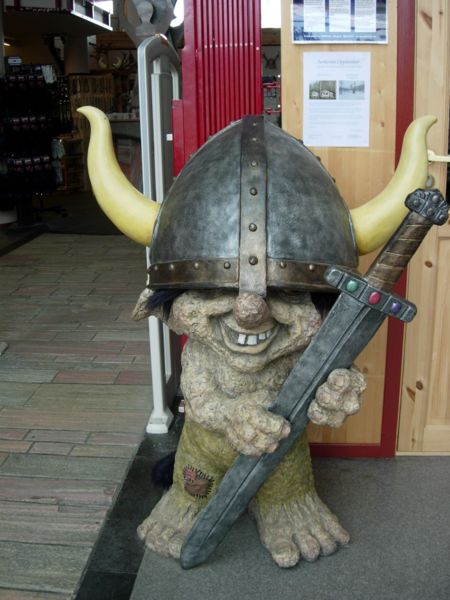Scientists in Denmark have extracted pure samples of DNA from ten Vikings who died over 1000 years ago.
 Writing in this week's PLoS ONE, University of Copenhagen researcher Jorgen Dissing and his colleagues took careful precautions to avoid contamination of an archaeological excavation of a burial site at Galgedil on the Island of Funen.
Writing in this week's PLoS ONE, University of Copenhagen researcher Jorgen Dissing and his colleagues took careful precautions to avoid contamination of an archaeological excavation of a burial site at Galgedil on the Island of Funen.
Before the skeletons of the ancient marauders were exposed the team wore body suits, gloves and masks. As soon as the skulls were cleared of soil the team collected intact teeth, which were taken to a lab, sterilised and then sealed with lacquer. The tooth pulp was then drilled out and the DNA extracted. PCR (polymerase chain reaction) was used to copy a short segment of the mitochondrial DNA from each of the teeth.
At the same time each of the members of the team had DNA samples taken, which were compared with the Viking sequences to rule out contamination. The team also collected a number of teeth without using any of these precautions to determine the levels of contamination that are likely to occur at most archaeological sites. The cleanly-collected teeth showed pristine DNA traces, but the more casually-collected specimens half of which contained significant amounts of contaminating DNA.
This shows, say the researchers, that reliable recovery of authentic DNA from ancient humans is possible, which should help to pave the way for understanding better the genetic history of populations past and present.










Comments
Add a comment